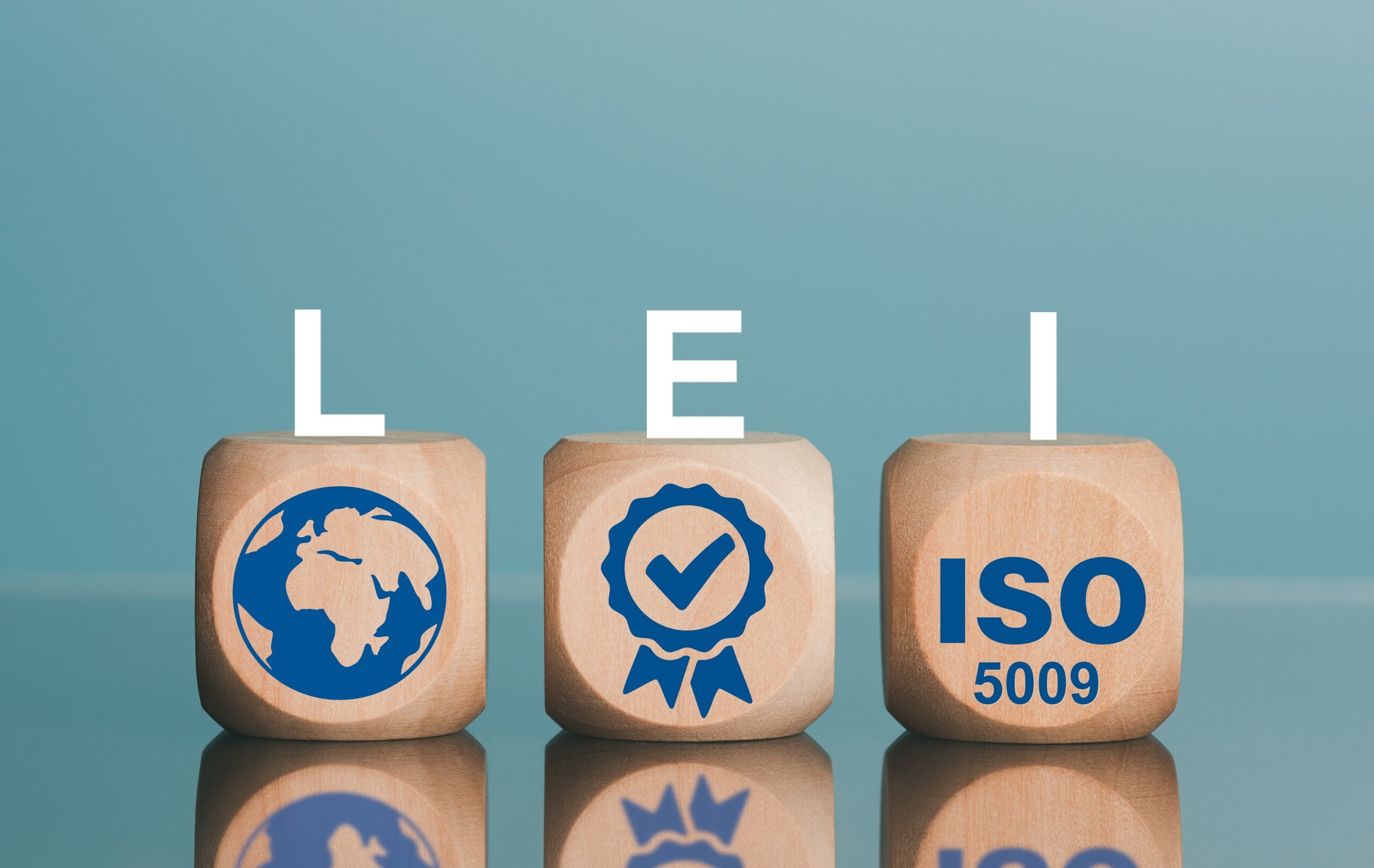
It may come as a surprise to everyone when we hear that the internet was not designed with security in mind, as its initial purpose was not to be as widely utilized as the World Wide Web as it is now. But as more and more digital transactions take place online, spanning different domains and geographical areas, the requirement for safe identification of the parties to these transactions has grown in significance.
After careful consideration and analysis, the “identity” sector developed a new strategy for managing digital identities, taking into account the shortcomings of the available tools and solutions. Digital identity management with the added capability of decentralized identity verification is now feasible because of developments in distributed ledger/blockchain technology.
This innovative method of digital identity authentication and verification is based on the idea of self-sovereign identification (SSI), which allows an individual, the identity holder, to manage the information about them, including when, how, and to whom it is disclosed. This methodology has the potential to fundamentally alter identity management and the dynamics of person-to-entity and entity-to-entity interactions in the digital realm. It can handle the requirement for verification automation while upholding the security and privacy of data.
In this process, the Legal Entity Identifier (LEI) services is important, especially when it comes to securing digital identity for businesses.
Therefore, by expanding the ISO 17442 standard, the Global Legal Entity Identifier Foundation (GLEIF), the manager of the Global LEI System, which has adopted the ISO 17442 standard, continues its work toward the goal of every business globally having a single global identity, which should include a digital identity. This third section focuses on using the LEI to create digitally signed credentials that are both tamper-proof and able to undergo decentralized verification.
By using Authentic Chained Data Container credentials (ACDC credentials) to chain the vLEI Credentials in the vLEI Trust Chain, verifiable LEIs (vLEIs) can have their provenance traced back to GLEIF, which serves as both the vLEI Trust Chain’s Root of Trust and the regulatory oversight body responsible for ensuring the Global LEI System’s operational integrity.
Thanks to this addition to ISO 17442-2:2020, Financial services – Legal Entity Identifier (LEI) – Part 2: Application in Digital Certificates, LEIs can be used for the newly developed credentials based on decentralized digital identity and X.509 public key certificates. Similar to standard X.509 digital certificates, vLEIs will employ ISO/TC 68, Financial services, Subcommittee SC 8, Reference data for financial services, ISO 5009:2022. The Scheme for Official Organizational Roles standard is related to financial services and official roles. One of the main ways that companies and those acting on their behalf can manage digital identities is by integrating LEIs with official organizational responsibilities.
Conclusion
In conclusion, the evolution of digital identity management, especially with the integration of decentralized identity verification and the utilization of Legal Entity Identifiers (LEIs), marks a significant milestone in ensuring secure and efficient digital transactions. The adoption of self-sovereign identification (SSI) principles, coupled with advancements in distributed ledger/blockchain technology, provides individuals and entities with greater control over their identity information while maintaining privacy and security.
The Global Legal Entity Identifier Foundation (GLEIF) plays a pivotal role in expanding the ISO 17442 standard to include digitally signed credentials, such as Authentic Chained Data Container credentials (ACDC credentials), and verifiable LEIs (vLEIs). This development enables businesses to leverage vLEIs for decentralized verification, ensuring the integrity and authenticity of digital identities across various domains and geographical regions.
By integrating LEIs with official organizational responsibilities and leveraging ISO/TC 68 standards, companies and individuals can streamline identity management processes while complying with regulatory requirements. Overall, the incorporation of LEIs into digital identity solutions not only enhances trust and transparency in digital transactions but also paves the way for a more secure and interoperable digital ecosystem. As we continue to navigate the complexities of the digital world, leveraging standardized and decentralized identity verification mechanisms like LEIs will be essential for fostering trust and efficiency in online interactions.








